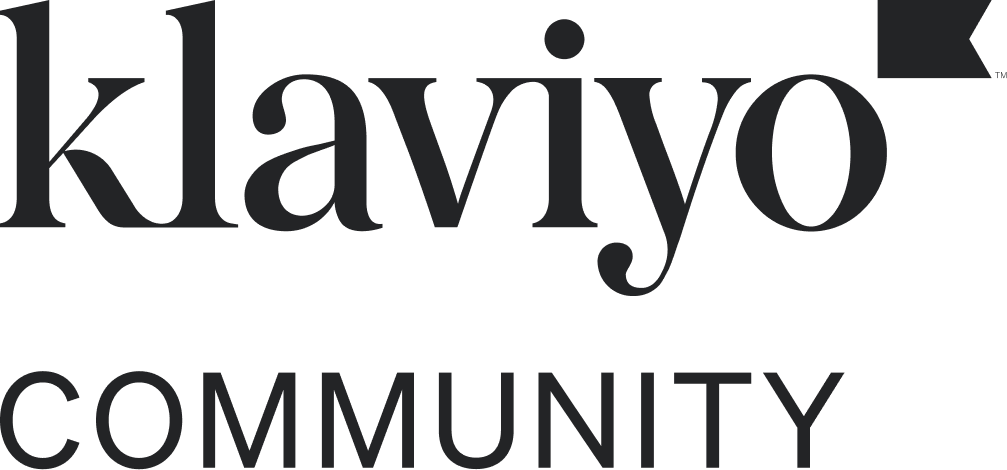Hi,
I like the idea of collecting customer's email id by showing a Pop Up and sending a welcome message with 10% discount code. But it makes their shoping experience more difficult especially if they are ordering from a mobile phone.
So, what we are thinking of doing is attract the customer by giving 15% OFF on their first order on the check out, they don't need a code and then after the purchase email them the code for a further 10% discount on the second purchase.
After the purcahse do we need to show them a Sign Up form to collect their email id and make an agreement between the customer and us?
Are we allowed to email customer directly without making them to sign up after the purchase as they are already our customer?
We can show a preselected "Email me with news and offers" tick box on the cart page, will that be enough?
Thanks,





![[Academy] Klaviyo Product Certificate Forum|alt.badge.img](https://uploads-us-west-2.insided.com/klaviyo-en/attachment/8798a408-1d98-4c3e-9ae8-65091bb58328_thumb.png)




